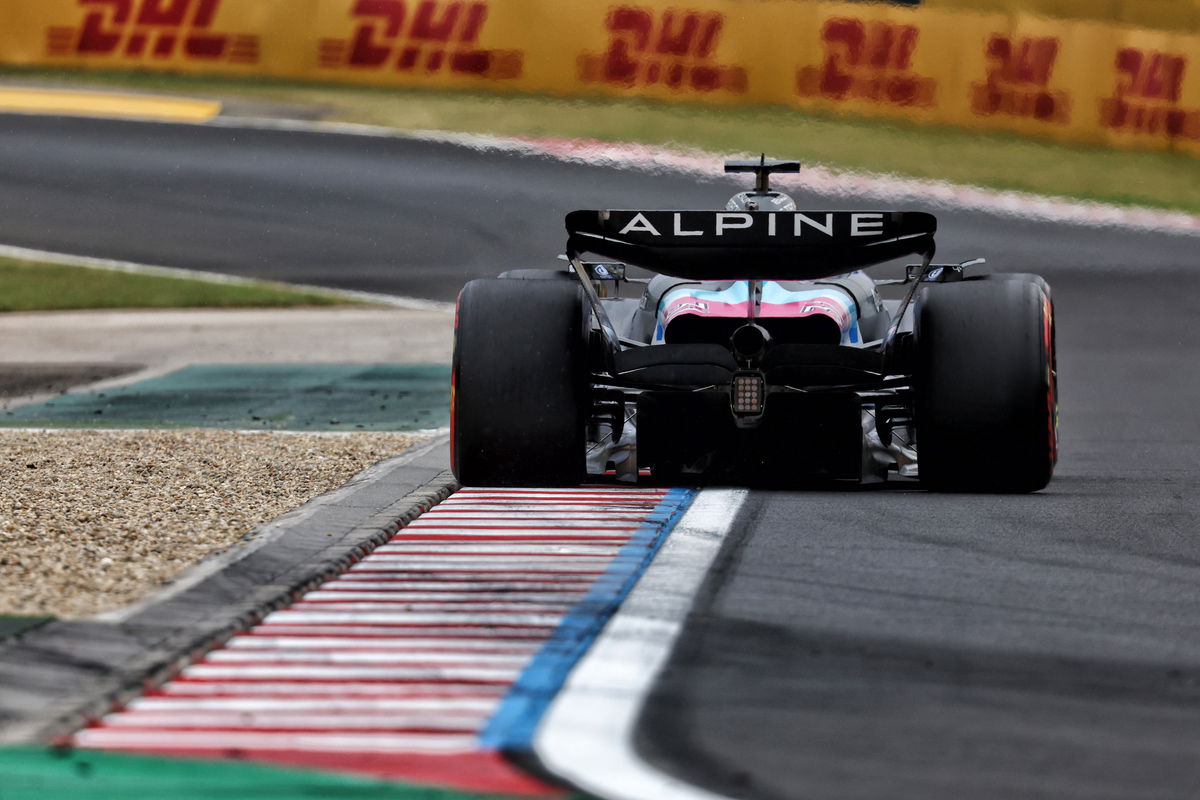

Though not yet official, Renault is set to redeploy its power unit department onto alternative projects under the broader Alpine brand.
Bruno Famin made public the project to assess the French marque’s ongoing involvement in F1 as an engine maker over the Belgian Grand Prix.
It came as nor surprise. The Renault power unit has not been successful and comes at a significant cost.
By shifting those resources onto other projects it can slash its liabilities while potentially transforming it into a profit centre.
It could also drive the team forward as it could secure the supply of a more competitive power unit.
There is a strong business case to enter the market, with links already to Mercedes.
That is a logical move because, in the latest two generations of power unit regulations, the German marque has proved either dominant or highly competitive.
With that track record, there is little reason to doubt the unit it produces for 2026 won’t be at, or very near, the front of the field.
It is also set up to supply customer teams. It has relationships with Williams, McLaren, and Aston Martin, though the latter will switch to Honda power when F1 enters its next era.
For 2026, the current power unit manufacturers (excluding Renault) will be joined by RBPT/Ford and Audi, essentially expanding the current offering by one.
RBPT/Ford will supply Red Bull Racing and RB, while Audi has its own factory team, as does Ferrari which will also continue its relationship with Haas.
F1 2026 power unit supply
| PU Manufacturer | Factory Team | Customer Supply |
| Honda | Aston Martin | |
| Mercedes | Mercedes | McLaren, Williams |
| Ferrari | Ferrari | Haas |
| RBPT/Ford | Red Bull Racing | RB |
| Audi | Audi |
Even without the addition of Alpine as a customer, that places Mercedes at a strong numerical advantage.
With new power unit regulations coming into force, there are significant benefits involved in simply having more engines on the grid.
The simplest is a greater rate of data gathering, information that can be used to improve the power unit.
With running in F1 so heavily restricted, a simple way to increase is via customer relationships.
Between its factory team, and two confirmed customers, Mercedes will have power units in six cars; three times the number of Honda and Audi, and two cars more than Ferrari and RBPT/Ford.
It’s a point not lost on those on charge at Brackley (where the Mercedes F1 team is based), and presumably Brixworth (where HPP is located) – nor its customers who also stand to gain.
“We like the thought of replacing Aston Martin with another team because of the sheer learning you’re doing,” said Toto Wolff, who heads up Mercedes’ F1 team but not its power unit division, HPP.
“We’re set up as an organisation that the more power units, the better it is in terms of accelerating some of the developments or the reliability.”
McLaren’s Zak Brown was also keen on Alpine gaining a Mercedes supply for the same reason.
“What’s good for HPP is good for McLaren,” he noted.
“If it adds value to their power unit proposition, then we’re all for it.”
McLaren speaks from experience, having been the sole Honda team when the Japanese brand returned to F1 in 2014.
Against established competition and with only two cars, progress was painfully slow and, in many instances, downright embarrassing.
It eventually zeroed in on a competitive package, but not before switching to Toro Rosso in 2018 and added Red Bull Racing to that supply deal a year later.
Aside from the performance considerations, a customer relationships offers marginal cost benefits.
Whether a manufacturer is supplying two cars, four, or more, the headline cost comes from research and development, and the facilities necessary to produce the power units.
Adding quantity to its production has a cost, but that doesn’t outstrip the defined cost of supply figure of €17 million (about $18.5 million). Even if it is a marginal gain, it cheapens in net terms the power unit programme.
Given the performance and financial benefits, which can have a tangible impact for teams (and therefore positively reflect on the brand), all power unit manufacturers should be fighting over one another to secure a supply for Alpine.
By not actively working to secure that relationship, they are not only costing themselves performance but willingly handing it to a direct rival.






















Discussion about this post